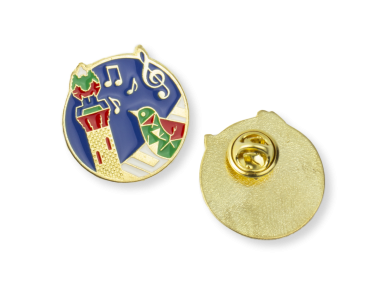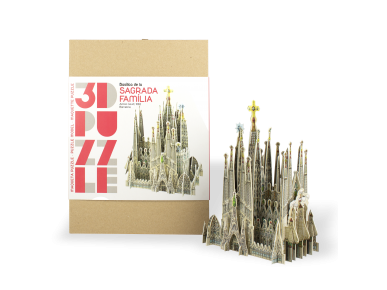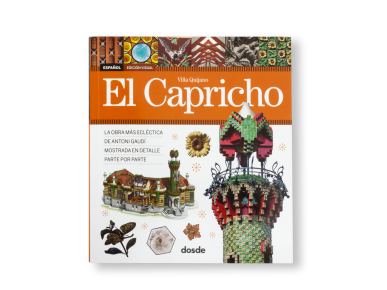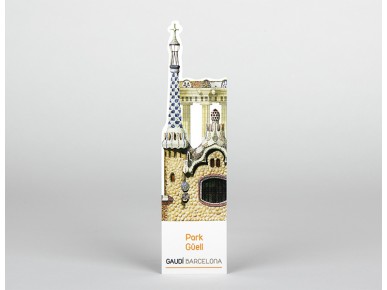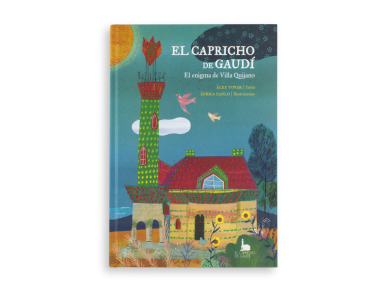




-
International deliveries
-
Free returns
I love
Asian art includes a vast range of arts from various cultures, regions and religions across the continent of Asia. The major regions of Asia include Central, East, South, Southeast, and West Asia.
Central Asian art primarily consists of works by the Turkic peoples of the Eurasian Steppe, while East Asian art includes works from China, Japan, and Korea. South Asian art encompasses the arts of the Indian subcontinent, with Southeast Asian art including the art of Thailand, Laos, Vietnam, Indonesia, and the Philippines. West Asian art encompasses the arts of the Near East, including the ancient art of Mesopotamia, and more recently becoming dominated by Islamic art.
The Art Nouveau movement is that of curves and arabesques. Freely inspired by Nature, also focusing on the theme of women, it was also a pure product of the Belle Époque (1890-1914). One of its major contributions is to have broken down the traditional barrier between major and minor arts, for example by raising the poster to the ranks of fine arts. Called at times Modern Style, it marked a true revival of European decorative art in the growing industrialisation era.
 |
 |
 |
An avant-garde movement born in the wake of the Dada period after WWI, Surrealism embodies both an attitude and a group of artists and intellectuals.
Transdisciplinary, it was nevertheless led by a dominant figure, that of André Breton. According to the French writer, the surrealistic approach lies in the exploration of the unconscious, whether in writing or the arts. It allows the exploration of the dreamlike world, in the hope of reconnecting mankind with their inner feelings.
The Gothic period extends from the mid 12th century to the Renaissance (14th century). Mainly emboddied by architecture and the ogival shape (it was also initially called the ogival art). It was born in Ille de France (also referred to as French art), strongly influenced by royalty and clergy, Gothic art accompanied a period of awakening of the human mind, a pre-Renaissance in a way, with the appearance of the Chanson de geste in poetry, of scholasticism in philosophy, of the movement of the comunes in politics, of the crusades and Saint Bernard in religion.
In addition to architecture came the Gothic decoration such as sculptures, the characters got humanised, their face acquired individualised features. By reducing the wall surface, Gothic art was hardly inclined to fresco. On the other hand, the art of stained glass was developing, which made it possible to flood churches with light. The activity of the painters unfolded in the miniatures that adorned the sacred or profane books.
The French Gothic art, knew from the 13th century on a great success in the western world, and evolved towards the Flamboyant Gothic art by expanding decorative elements.
Religious art or sacred art is artistic imagery using religious inspiration and motifs and is often intended to uplift the mind to the spiritual. Sacred art involves the ritual and cultic practices and practical and operative aspects of the path of the spiritual realization within the artist's religious tradition.
The Regency period (1811-1820), and more broadly the Georgian era (1714-1837), are often referred to as the period that prepared the Victorian era. The end of the 18th century, a troubled period marked by upheavals such as the loss of the Amercican colonies, the French Revolution or the beginnings of the Industrial Revolution, is nevertheless considered the golden age of England. Neoclassicism was in full swing and influenced all English art, in a merciless fight against the “Gothic Revival” that appeared with the beginning of English romanticism at the end of the 18th century. It was a period of cultural proliferation (notably with the founding of the British Museum in 1753 and the emergence of the Gothic Revival style), wealth and prestige, the era of triumphant English imperialism. Antiquity and the return to Nature were idealized (the landscapes were worked and depicted in watercolour). The artist himself attained a certain recognition and became more than a craftsman.
Art in the Middle Ages is usually divided into two periods:
The Early Middle Ages, which ran from the 5th to the 9th century, mainly marked by the art of illuminating the letters by the monks in the monastries.
The Late Middle Ages which are devided into a first period dominated by Romanesque art (end of 10th century to the 12th century) greatly influenced by the Carolingian era and religion; and a second period in which Gothic art appeared (end of the 12th century to the 15th century) in northern Europe, at a time when villages turned into cities thanks to trade. The bourgeoisie exerted a great influence on the development of society and adopted a new style: the Gothic style. Despite its still well-known symbolism, Gothic art was a much more natural and anecdotal art than Romanesque art.
Period following the Georgian era, marked by the long reign of Queen Victoria and the heyday of the Industrial Revolution and the British Empire. The United Kingdom was then considered the worshop of the world. Period known as well for its reinterpretation of the Gothic style in Gothic Revival style associated with Middle Eastern and Asian influences. The beginning of this century saw the Middle Ages come back in force with a renewed interest in Germanic myths, which in England resulted in a reinterpretation of the Arthurian cycle: This current is called “Gothic Revival”, which was born in reaction to the industrial era in which profit was the law. The need was growing to refocus on a more human, chivalrous and spiritual side. It was then recovered by the Victorian neo-classical who would idealize Antiquity (which pushed many Europeans to travel the “Grand Tour”, these journeys of discovery round the Mediterranean countries).
The origins of Art Deco date back to the 1900-1910’s, and span a period from 1900 to 1945, which culminated in the interwar period. During this period a new movement in reaction to Art Nouveau was born. Artists began to move towards simple lines, classical compositions, a return to order and sobriety. No more bulky and exuberant ornamentation. A “machine age” style was born, less organic than Art Nouveau, with straight lines and an appreciated symmetry. Bourgeois art, made of progress, elegance and opulence, Art Deco was a hedonistic art born in reaction to the austerity of WWI.
In art history, the term Orientalism refers to the works of the Western artists who specialized in Oriental subjects, produced from their travels in Western Asia, during the 19th century.
As an art movement, Orientalist painting is generally treated as one of the many branches of 19th-century academic art; however, many different styles of Orientalist art were in evidence. Art historians tend to identify two broad types of Orientalist artist: the realists who carefully painted what they observed and those who imagined Orientalist scenes without ever leaving the studio.
Impressionism is a 19th-century art movement characterized by relatively small, thin, yet visible brush strokes, open composition, emphasis on accurate depiction of light in its changing qualities (often accentuating the effects of the passage of time), ordinary subject matter, inclusion of movement as a crucial element of human perception and experience, and unusual visual angles. Impressionism originated with a group of Paris-based artists whose independent exhibitions brought them to prominence during the 1870s and 1880s.
The Baroque style used contrast, movement, exuberant detail, deep colour, grandeur and surprise to achieve a sense of awe. The style began at the start of the 17th century in Rome, then spread rapidly to France, northern Italy, Spain and Portugal, then to Austria, southern Germany and Russia. By the 1730s, it had evolved into an even more flamboyant style, called rocaille or Rococo, which appeared in France and Central Europe until the mid to late 18th century.
Ancient art refers to the many types of art produced by the advanced cultures of ancient societies with some form of writing, such as those of ancient China, India, Mesopotamia, Persia, Palestine, Egypt, Greece, and Rome.
Folklore is the expressive body of culture shared by a particular group of people; it encompasses the traditions common to that culture, subculture or group. These include oral traditions such as tales, proverbs and jokes. They include material culture, ranging from traditional building styles to handmade toys common to the group. Folklore also includes customary lore, the forms and rituals of celebrations such as Christmas and weddings, folk dances and initiation rites. Each one of these, either singly or in combination, is considered a folklore artifact. Just as essential as the form, folklore also encompasses the transmission of these artifacts from one region to another or from one generation to the next.




































